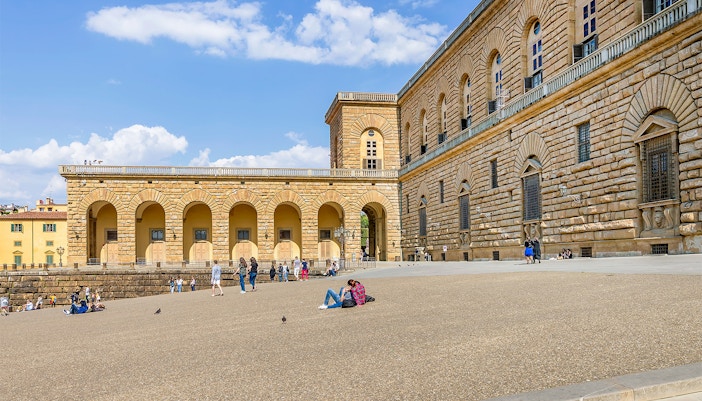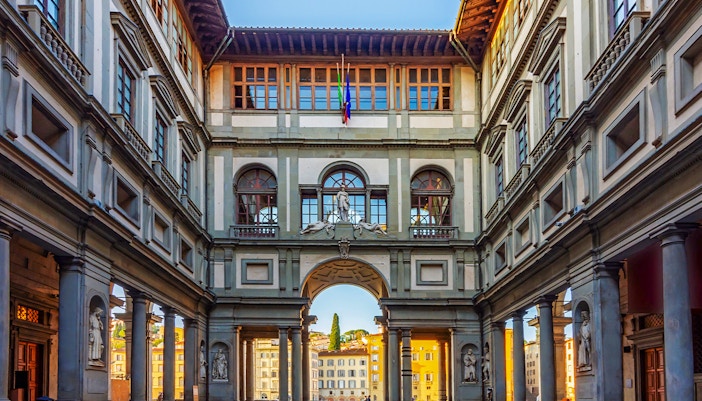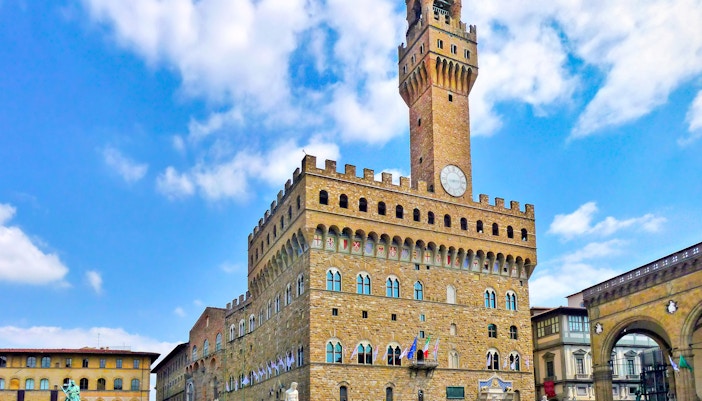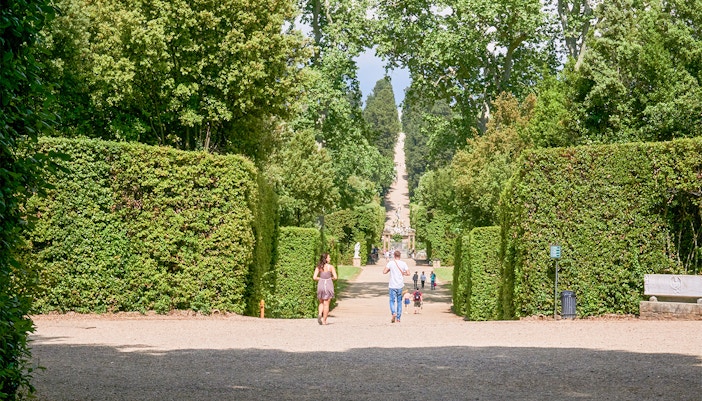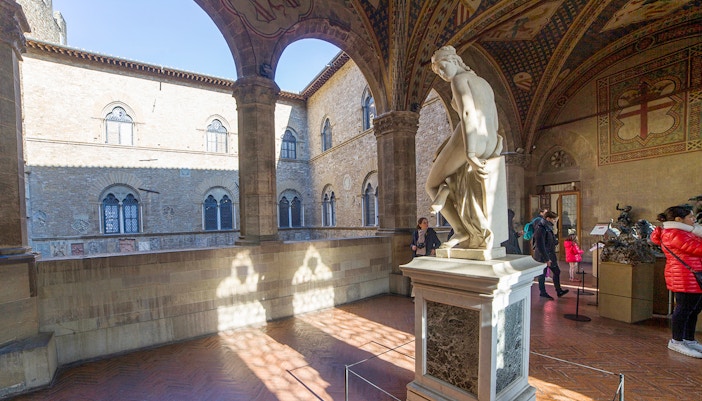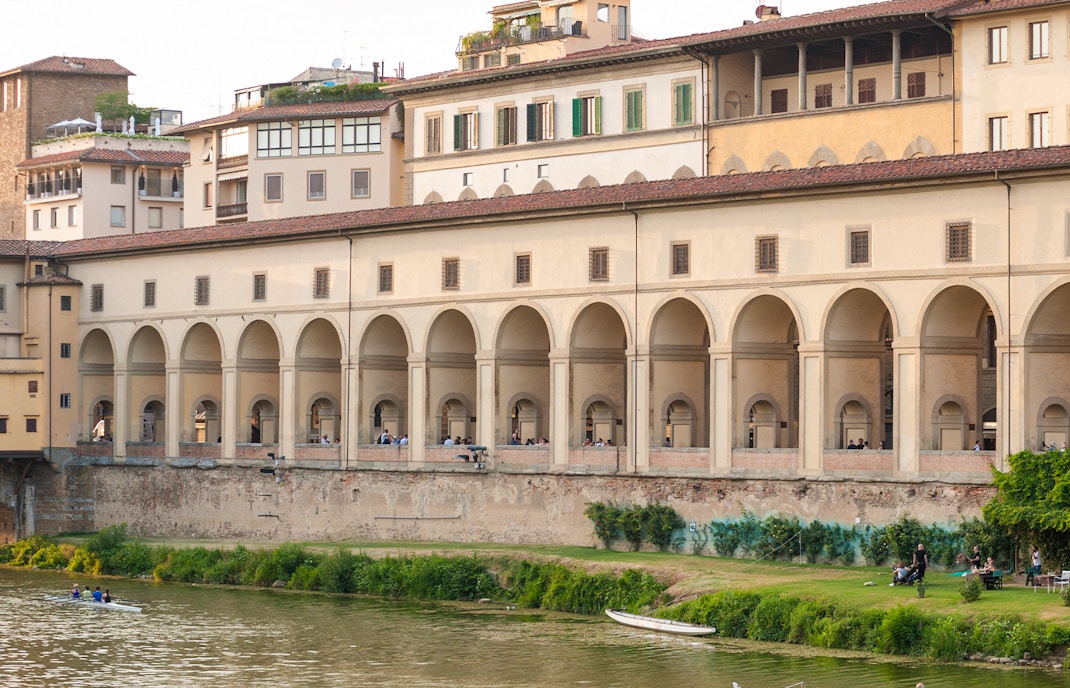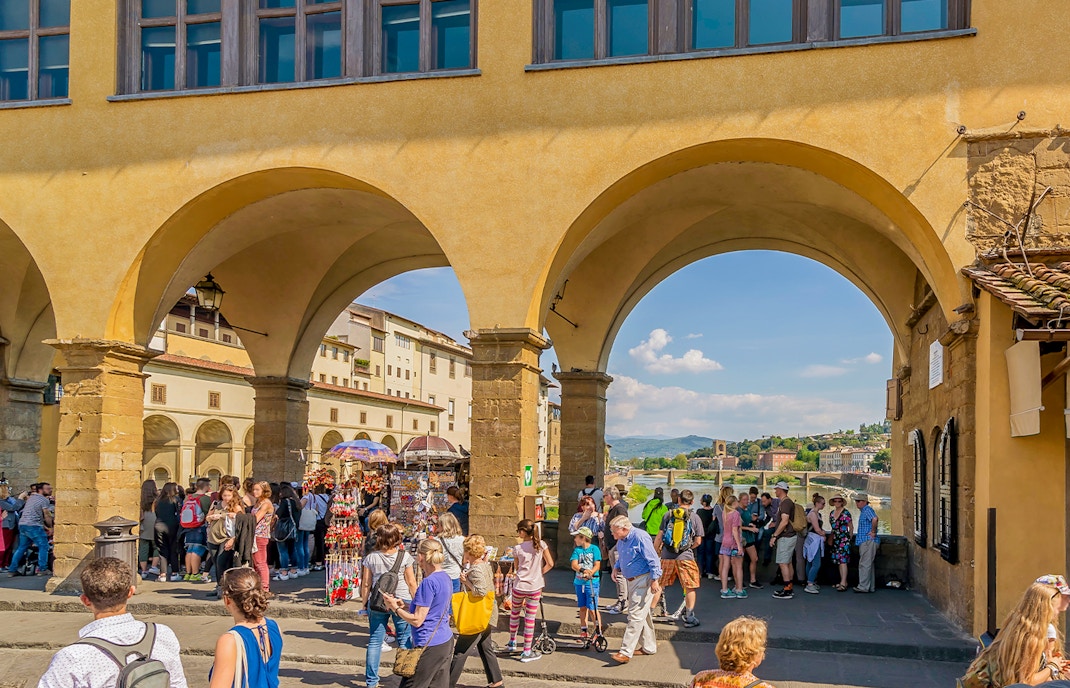Your journey through the Vasari Corridor begins at the Uffizi Gallery, one of the most important museums in the world. While it is not part of the corridor, the gallery provides the context for your visit. Inside, you'll find works by the likes of Botticelli, Michelangelo, Da Vinci, and Caravaggio, reflecting the Medici family’s vast collection and patronage of the arts. Reach the first floor of Uffizi and head into Room D19 at your scheduled time slot.
Your journey along the Vasari Corridor
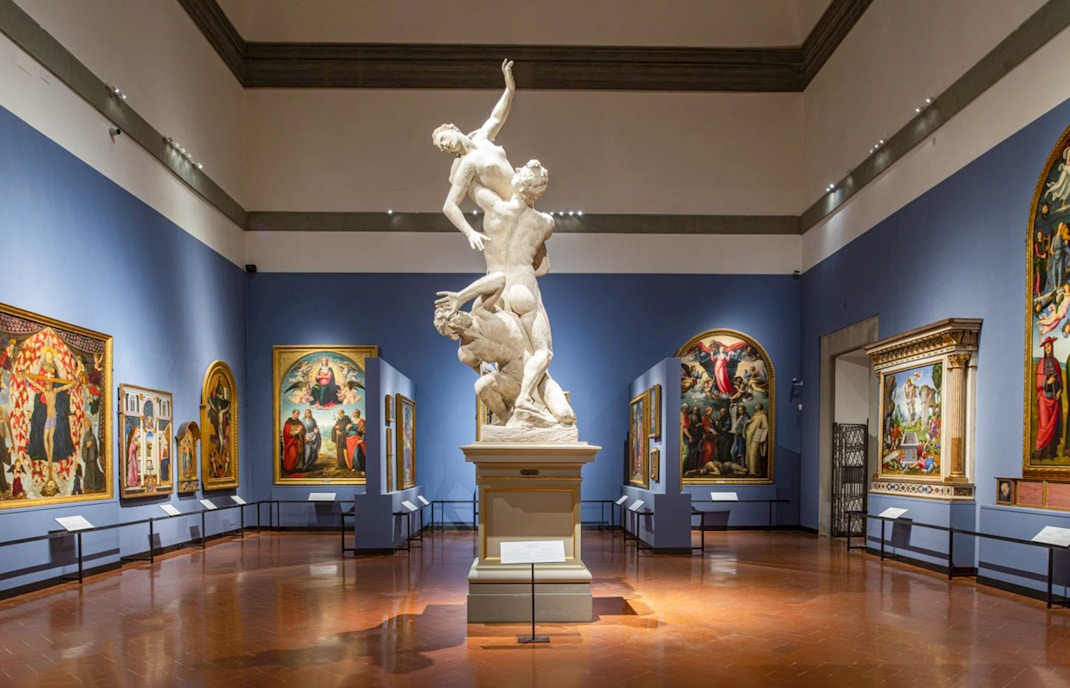
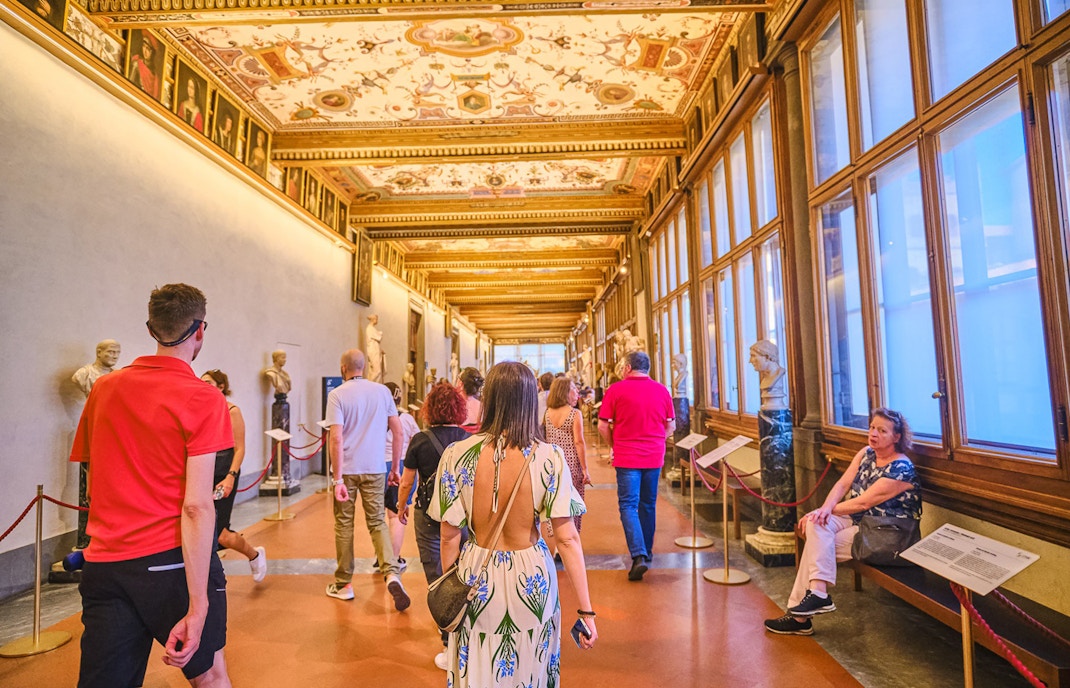
2. Gallery of Statues and Paintings
The Gallery of Statues and Paintings is one of the first rooms in the corridor you can explore. It boasts over 1,000 remarkable works, including the world’s largest self-portrait collection. Masterpieces by Rembrandt, Velázquez, and Rubens are displayed alongside antique sculptures. This extraordinary collection weaves a tale of artistic brilliance spanning centuries, reflecting the Medici's enduring vision of art as a symbol of power and legacy.
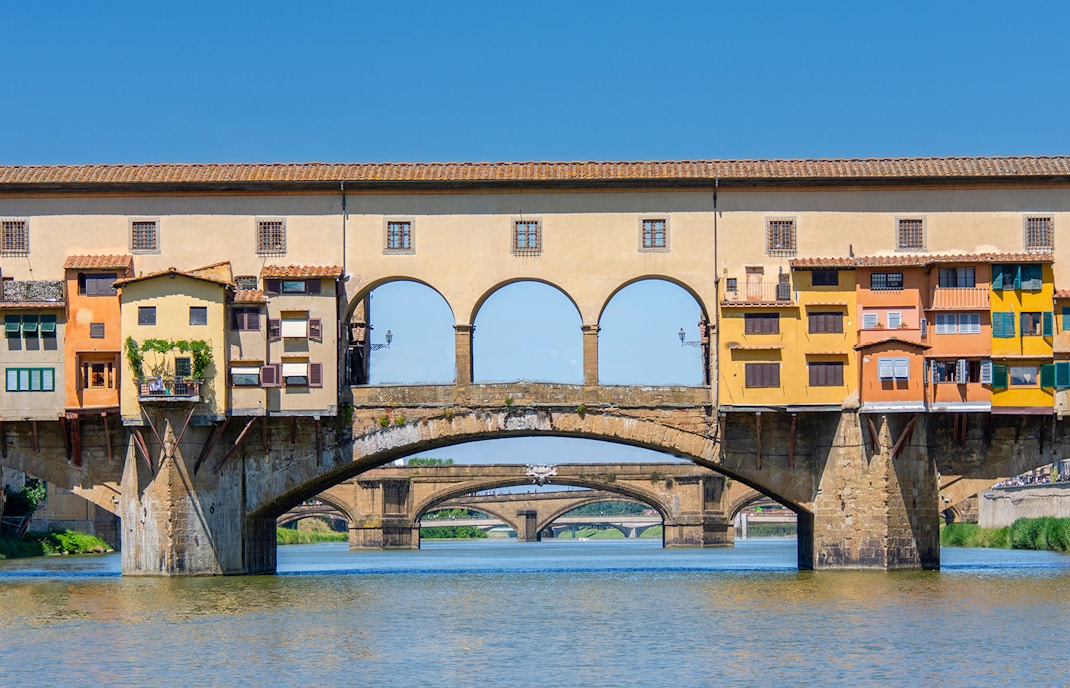
3. Ponte Vecchio
One of the most exciting features of the Vasari Corridor is the view of Ponte Vecchio, Florence’s oldest and most famous bridge. The corridor passes above the bridge, offering a unique view of the goldsmiths’ shops, making for a stunning and rarely seen perspective of this iconic structure.
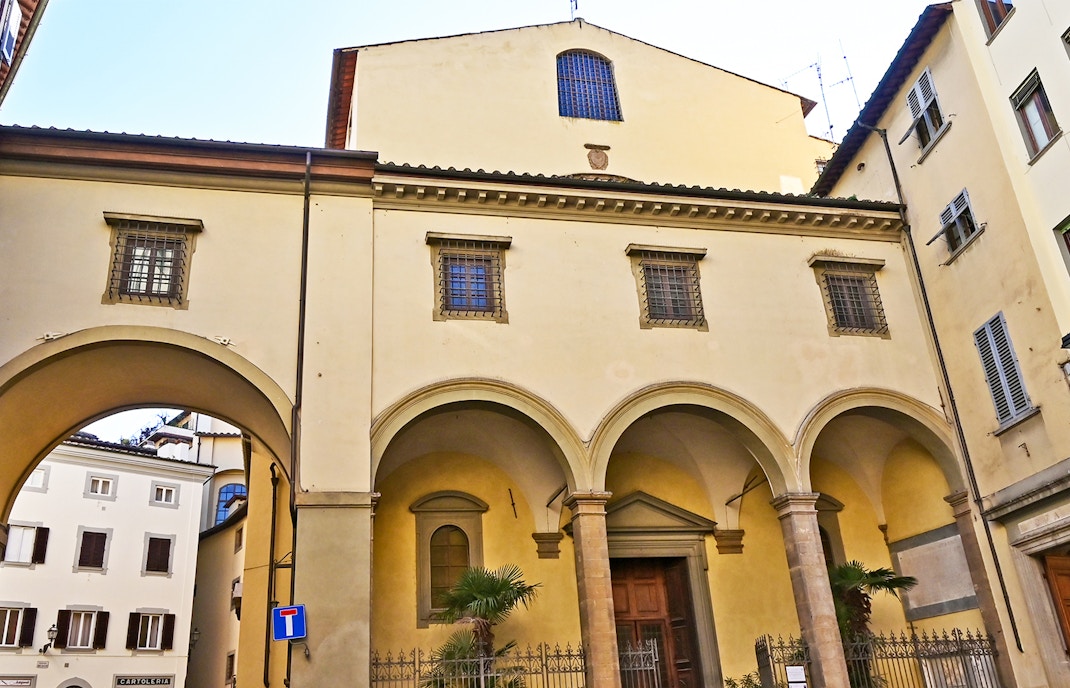
4. Church of Santa Felicita
After passing the Ponte Vecchio, the Vasari Corridor continues over the loggia of the Church of Santa Felicita. At this point, the corridor had a balcony protected by a thick railing, allowing the Medici family to observe services inside the church without mixing with the general public. This private viewing space provided the Grand Duke’s family with an exclusive way to participate in religious services while maintaining their separation from the crowds below.
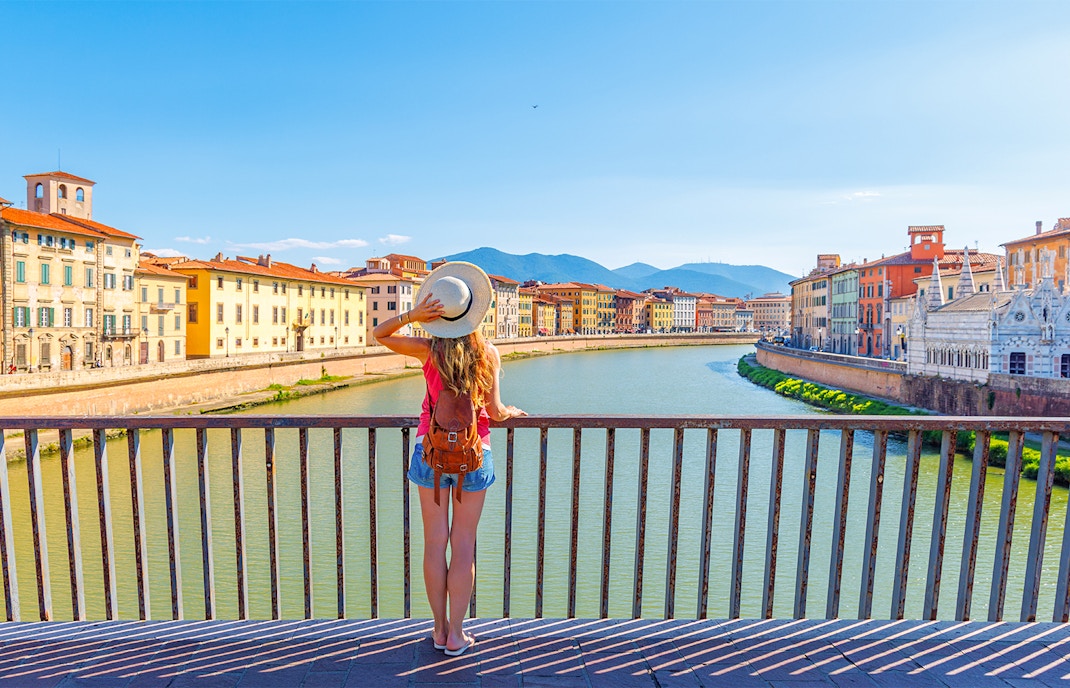
5. Arno River
The Vasari Corridor offers breathtaking views of the Arno River, which runs through Florence. As you walk, you’ll experience unique perspectives of the riverbanks and the Palazzo Vecchio, a symbol of Florence's rich history and culture.

6. Pitti Palace
Your visit concludes at the Buontalenti Grotto in the Boboli Gardens, with a short walk to the Ammannati Courtyard of the Pitti Palace.These were once the Medici family’s private park and principal residence. Now it is home to several museums, like the Palatine Gallery and the Museum of Fashion and Costume.
